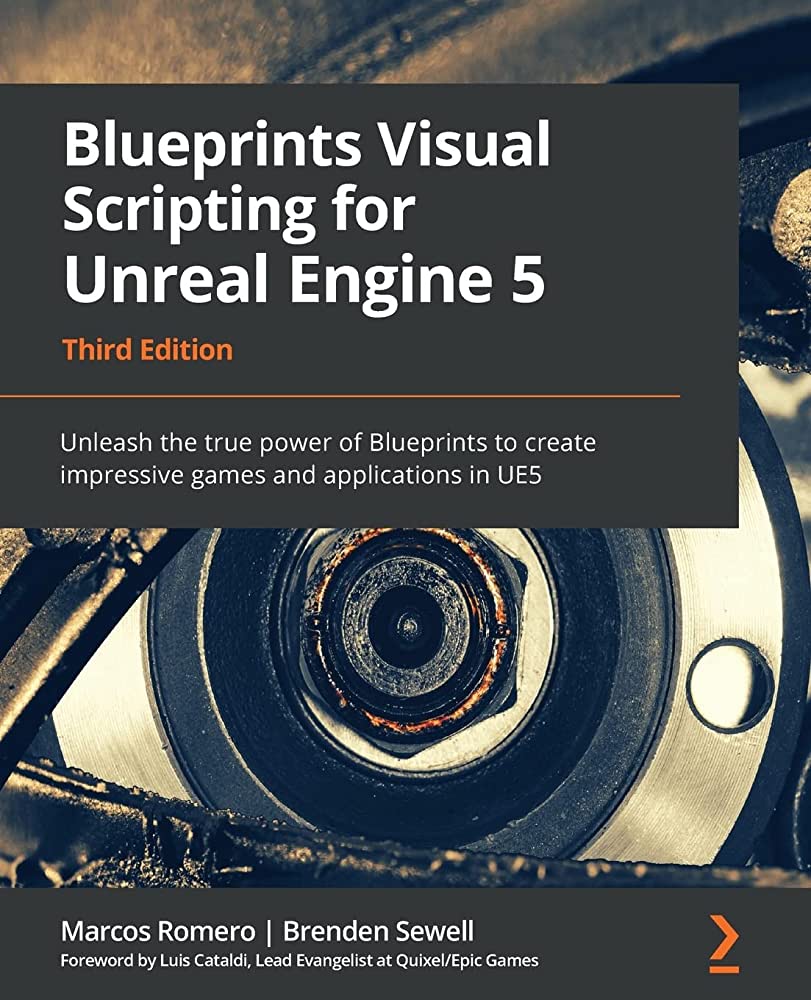Unreal Engine is a game development platform created by Epic Games that allows developers to create games for multiple platforms, including PC, consoles, mobile devices, and virtual reality headsets. It offers real-time rendering, advanced graphics, flexible scripting language, and support for multiple platforms. The process of making games with Unreal Engine includes conceptualization and planning, asset creation, game design and programming, testing and debugging, and release and updates. Unreal Engine unleashes creativity in game developers by allowing for experimentation and iteration, providing visual scripting language, and promoting collaboration within development teams. Finally, game developers can take advantage of the engine’s advanced features to create new and exciting games.
Introduction
In the world of gaming, Unreal Engine has been a game-changer. It is a widely-used game development tool that is popular for its advanced graphics, ease of use, and flexibility. In this article, we will take a closer look at the process of making games with Unreal Engine, and how it unleashes creativity in game developers.
What is Unreal Engine?
Unreal Engine is a game development platform that was created by Epic Games. It is a powerful tool that can be used to create games for PC, consoles, mobile devices, and virtual reality headsets. Unreal Engine offers a variety of features that make it an attractive choice for game developers. These include:
- Real-time rendering
- Advanced graphics and visual effects
- Flexible scripting language
- Support for multiple platforms
The Process of Making Games with Unreal Engine
Making games with Unreal Engine involves a number of steps. These include:
- Conceptualization and planning
- Asset creation
- Game design and programming
- Testing and debugging
- Release and updates
Conceptualization and planning
The first step in making a game with Unreal Engine is to come up with a concept and plan for the game. This involves brainstorming ideas, creating a storyline, and developing a design document. A design document outlines the game mechanics, level design, and overall vision for the game.
Asset creation
After the concept and planning stage, the next step is to create the assets that will be used in the game. This includes creating 3D models, textures, animations, and sound effects. Unreal Engine has a built-in editor called Unreal Editor, which is used for creating and editing assets.
Game design and programming
Once the assets are created, the game design and programming stages begin. This involves designing the game levels, integrating assets, and writing code. Unreal Engine uses a programming language called Blueprint, which is a visual scripting language that makes it easy to create complex game logic without the need for traditional programming knowledge.
Testing and debugging
After the game is designed and programmed, it undergoes extensive testing and debugging. This involves checking for bugs, errors, and glitches, and refining game mechanics and level design. Unreal Engine has a built-in debugging system that helps developers identify and fix issues quickly.
Release and updates
Once the game is fully tested and debugged, it is ready for release. Developers can submit their game to digital distribution platforms like Steam, the Epic Games Store, and the App Store. After the release, developers can continue to update their game with new content and features using Unreal Engine’s advanced development tools.
Unleashing Creativity with Unreal Engine
Unreal Engine has revolutionized the game development industry by providing powerful tools for game developers to unleash their creativity. With Unreal Engine, developers can create stunning visuals, immersive environments, and engaging gameplay that captivates players.
Unreal Engine’s real-time rendering allows developers to see changes to their game instantly, making the development process faster and more efficient. The flexibility of the engine also allows for experimentation and iteration, giving developers the freedom to try new things and push boundaries.
With Blueprint, Unreal Engine’s visual scripting language, even non-coders can create complex game logic, which encourages a more collaborative environment for game development. This, in turn, allows for more creativity to flow within a development team and yield innovative game mechanics that are unique to each game developed.
Conclusion
Unreal Engine is a game development tool that has changed the gaming industry. It has provided game developers with powerful tools to unleash their creativity and create games that captivate players. By understanding the process of making games with Unreal Engine, game developers can take advantage of the engine’s advanced features to create new and exciting games that push the boundaries of what’s possible.
